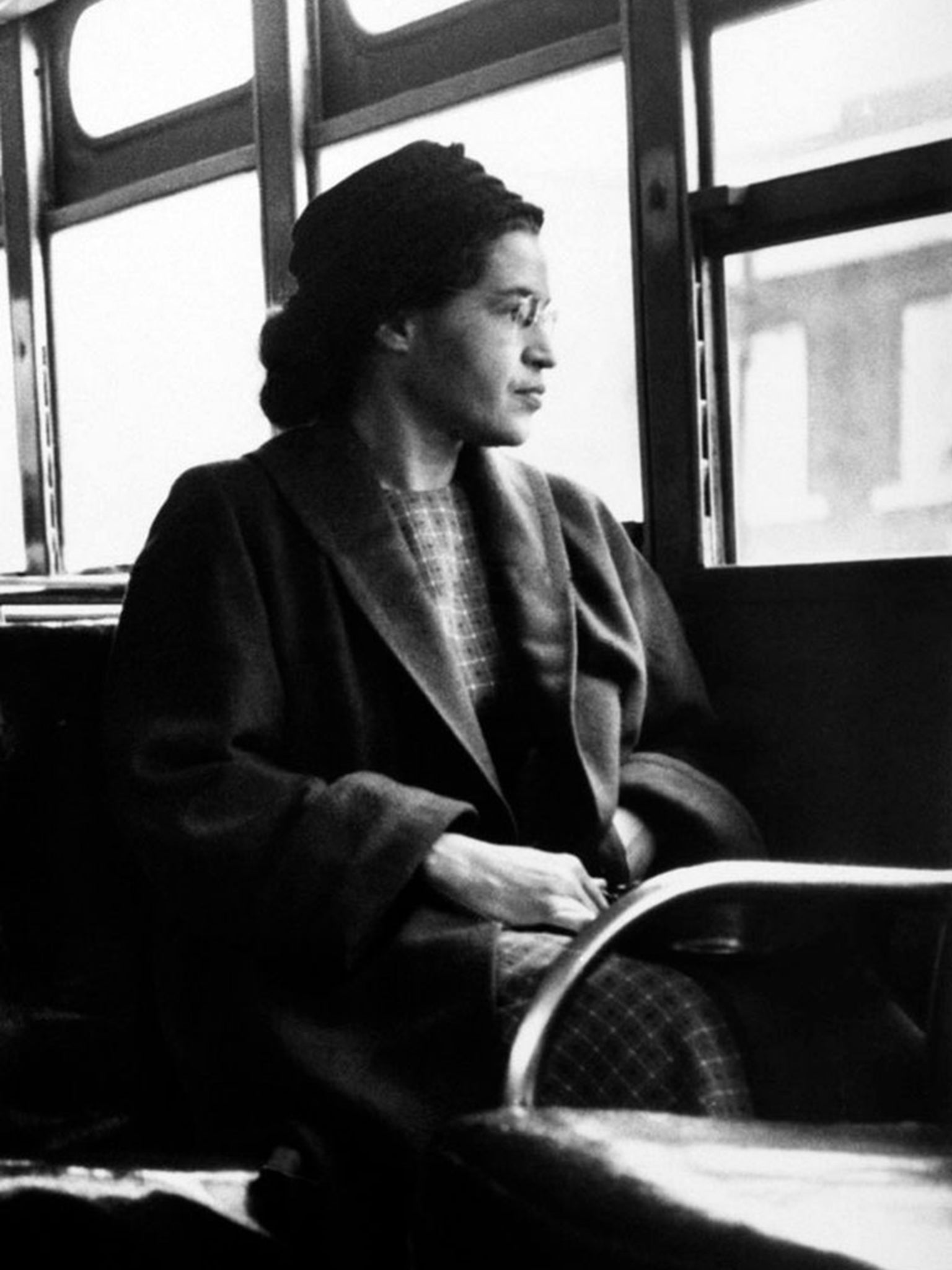When America puts a woman on its $10 bill, who will be the best symbol of democracy?
The US Treasury has announced that a woman will feature on a new ten-dollar note. But will the selection process be as fraught as it was here?

Your support helps us to tell the story
From reproductive rights to climate change to Big Tech, The Independent is on the ground when the story is developing. Whether it's investigating the financials of Elon Musk's pro-Trump PAC or producing our latest documentary, 'The A Word', which shines a light on the American women fighting for reproductive rights, we know how important it is to parse out the facts from the messaging.
At such a critical moment in US history, we need reporters on the ground. Your donation allows us to keep sending journalists to speak to both sides of the story.
The Independent is trusted by Americans across the entire political spectrum. And unlike many other quality news outlets, we choose not to lock Americans out of our reporting and analysis with paywalls. We believe quality journalism should be available to everyone, paid for by those who can afford it.
Your support makes all the difference.Will it be Susan B Anthony or Harriet Tubman? Eleanor Roosevelt or Rosa Parks? Following the Obama administration's announcement that a woman will be featured on the $10 bill, this is the first time in well over a century that a female portrait will grace the United States' paper money.
The redesigned bill will be unveiled in 2020 to celebrate the 100th anniversary of the right of women to vote, and the Treasury Department is launching a publicity campaign to solicit suggestions for what it should look like and who should be on it. The only requirements for candidacy are that the woman be deceased and embody the theme of the bill's new look – "democracy". Jack Lew, the Treasury Secretary, adds: "America's currency makes a statement about who we are and what we stand for as a nation."
The debate over who should be the face of the new $10 bill could become part of a wider conversation about the social and economic progress of women. Selecting just one person for such a symbolic role may involve trade-offs, forcing officials to decide which major milestone in history to highlight.

As it proceeds, the Treasury could also face a backlash over its decision to replace or de-emphasise the current face on the $10 bill: Alexander Hamilton, the country's first secretary of the treasury and a key advocate for a national currency. And earlier this year, as discussions began to heat up, some even suggested replacing Andrew Jackson, the controversial seventh president, who features on the $20 bill. But the only portrait actually required by law is that of George Washington on the $1 bill. The last time a woman featured was in the late 1800s, when his wife Martha Washington appeared on a silver-dollar certificate.
Other attempts to incorporate images of women into the currency have failed to take off. Susan B Anthony and Sacagawea had brief sojourns on the $1 coin, so unpopular the mint stopped making them in 2011, and Pocahontas was part of a group portrait on a bill circulated in the mid-19th century. "Young girls across this country will soon be able to see an inspiring woman on the $10 bill who helped shape our country and know that they too can grow up and do something great," says Democratic Senator Jeanne Shaheen, who began moves in April to get a female onto the American currency. "Make no mistake, this is a historic announcement and a big step forward."
Shaheen's legislation was a response to a movement actually calling for an overhaul of the $20 bill. A campaign called "Women on 20s" petitioned the White House this spring to oust Jackson from the denomination. But replacing him with a woman was only part of the reason for targeting this banknote. The group also objected to Jackson's treatment of Native Americans (and he was sceptical about paper money, preferring to use gold or silver).

The Women on 20s campaign went viral and more than 600,000 people voted in an online poll. Out of a list of 15 women suggested by the group, slavery abolitionist Tubman emerged as the top choice. However, Susan Ades Stone, the group's executive director, says she doesn't mind that Jackson is staying on the $20 bill.
Putting a woman on the $10 bill appears the quickest solution, she says; the timing of the Treasury Department's announcement was a "happy coincidence", and the $10 bill was already in line for a redesign. "I can't claim that we gave them the idea," she adds. "But I do believe their decision to go to the public for input is the result of the response to our campaign."
Even President Obama – father to two daughters, – has weighed in. During a July speech in Kansas, he said he had received a letter from a nine-year-old girl asking him why there were no women on US money. "I think there should be more women on a Dollar/coin for the United States becuas if there where no woman there wouldnt be men," wrote Sofia (with a few misspellings). Obama responded by calling her suggestion "a pretty good idea".
©Washington Post
Join our commenting forum
Join thought-provoking conversations, follow other Independent readers and see their replies
Comments